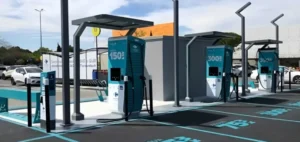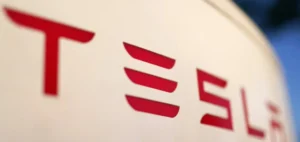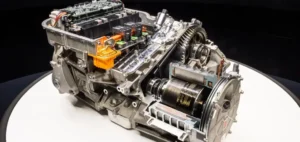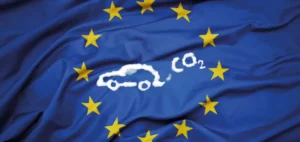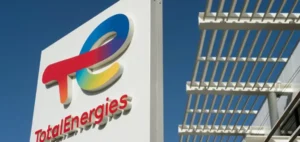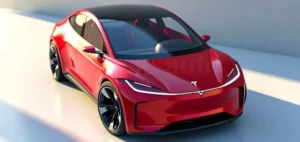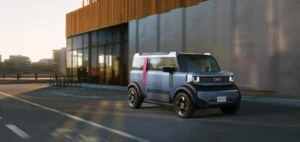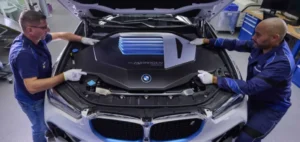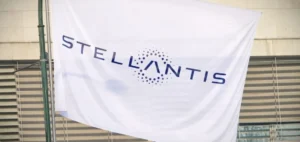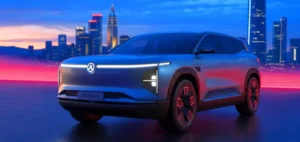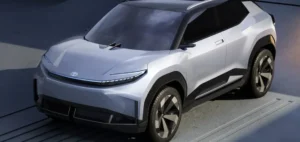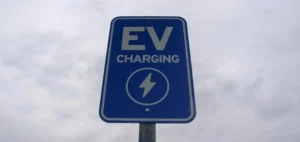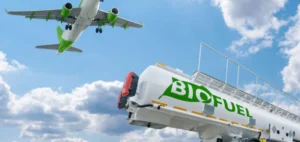The shift to electric vehicles(EVs) is happening, but it will be a gradual process over the next few years. As used EVs enter the market, the technology will become more accessible to low-income communities, paving the way for mass adoption. Global policy will play an important role in stimulating electrification, as will incentives for consumers to choose EVs over traditional gasoline-powered vehicles.
The challenge of charging infrastructure for electric vehicles
At the Platts Global Power Markets conference in Las Vegas, panelists discussed various aspects of the EV revolution. Wade Shafer, director of corporate strategy at Exelon, points out that a lot can happen over the next 20 to 30 years. And that new tailpipe emission standards proposed by the U.S. Environmental Protection Agency can lead to EVs accounting for 67 percent of new car sales by the 2032 model year, while reducing U.S. oil imports by 20 billion barrels.
One of the main issues with EV adoption is charging infrastructure. While there has been a lot of discussion about the availability of public charging stations, only 20% of EV charging takes place at public charging stations, according to Danita Park, director of business development and EVs at NRG Energy. The majority of EV charging occurs at home or at work, which means that utilities are beginning to implement programs to help customers upgrade their home systems to accommodate the amps needed to quickly charge EVs.
Marie Steele, vice president of integrated energy services at NV Energy, noted that the myth that public charging stations are the primary source of EV charging is not accurate. She noted that the industry is still in the early days of EV adoption, and it will be interesting to see how the batteries perform over time.
Fleet renewal time: A barrier to the transition to EVs
EV adoption will require automakers to transform their systems, Park said. Since 2010, 3.6 million EVs have been sold in the U.S., which means that EVs only account for about 2% of vehicles on the road. To increase the number of EVs, people need to buy new vehicles and replace ICE vehicles with EVs. However, fleet turnover occurs about every 12 years, which means there is a long way to go before traditional vehicles are replaced by EVs.
Steele added that the bus industry is an example of an industry that should utilize existing capacity already available. The Clark County School District, which includes Las Vegas, has the third largest bus fleet in the country, and it will take time to transition all of these vehicles to EVs.
Finally, while batteries are getting more expensive, decarbonization is becoming more difficult, Steele said. So we need to focus on developing new technologies and innovations to continue moving toward a cleaner future.
The transition to electric vehicles is gradual and will require comprehensive policies and consumer incentives. Charging infrastructure, home systems and automaker transformations are also key to increasing electric vehicle adoption and moving toward a cleaner future.





